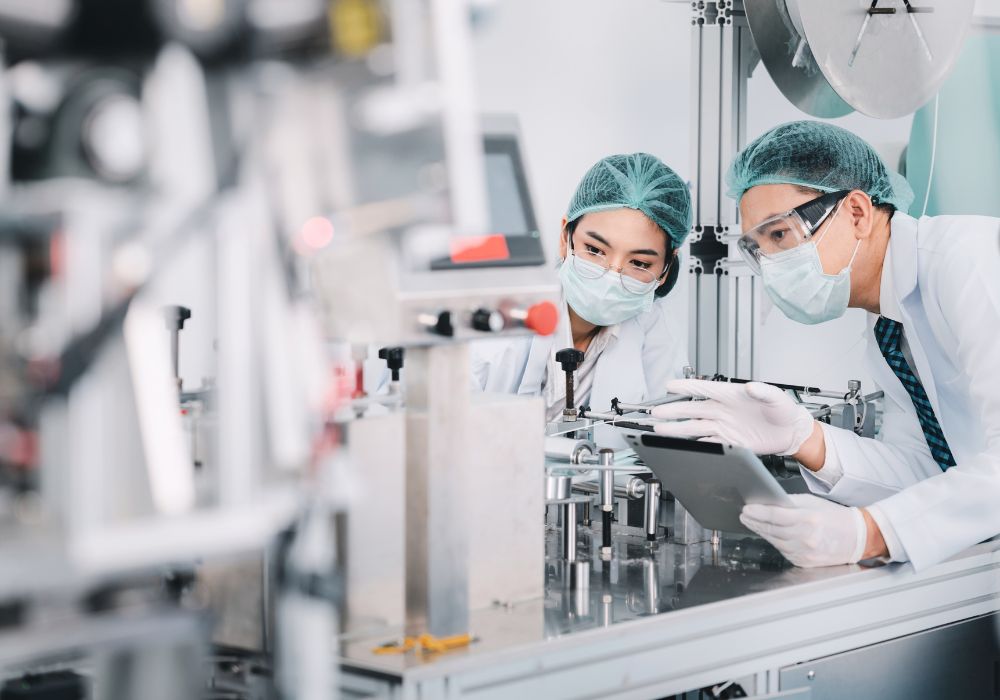
The competitive landscape of the medical device industry is constantly evolving, and companies need to constantly adapt. By minimizing expenses, companies can improve profit margins and remain competitive in the market. Below, we will explore how to reduce costs in medical device manufacturing while maintaining high-quality products.
A crucial aspect of reducing costs in medical device manufacturing is optimizing the supply chain. To do this, manufacturers can work closely with suppliers to negotiate better prices and still get high-quality materials. Additionally, companies can implement inventory management systems to track stock levels and reduce overstocking or stockouts. Streamlining the supply chain has the potential to reduce lead times, minimize costs, and improve overall efficiency.
Lean manufacturing is a systematic approach to minimizing waste and improving efficiency by identifying and eliminating activities that don’t add value. Implementing lean principles can significantly reduce costs and increase productivity in the medical device manufacturing process. Essential components of lean manufacturing include standardized work processes, continuous improvement initiatives, and employee training programs. By implementing these practices, companies can optimize their production processes, increase value to customers, and reduce overall waste.
Incorporating automation and technology in medical device manufacturing can reduce labor costs, increase efficiency, and improve product quality. For example, companies can use machine learning algorithms to optimize production scheduling, reducing bottlenecks and downtime. Moreover, robotic automation can replace manual labor in repetitive tasks, freeing up skilled workers for more valuable activities. For example, reaction injection molding can reduce costs by simplifying and streamlining the production process for certain parts. While automation and technology integration require initial investments, the long-term benefits include lower costs and higher overall efficiency.
Lastly, implementing effective quality control measures can significantly reduce costs related to product recalls and warranty claims. Quality control measures can include advanced inspection systems, statistical process control, and stringent testing protocols to ensure product performance and safety. By investing in quality control, manufacturers can reduce the risk of potential liability and protect their brand reputation.
Understanding how to reduce costs in medical device manufacturing requires a multifaceted approach. This approach should combine streamlining the supply chain, implementing lean manufacturing principles, integrating automation and technology, and enforcing effective quality control measures. By proactively implementing these strategies and continually striving for improvement, medical device manufacturers can optimize production processes, minimize expenses, and ultimately achieve competitive advantages in a rapidly evolving industry.
24World Media does not take any responsibility of the information you see on this page. The content this page contains is from independent third-party content provider. If you have any concerns regarding the content, please free to write us here: contact@24worldmedia.com